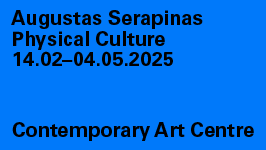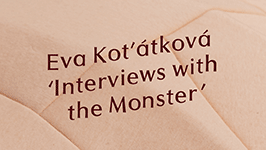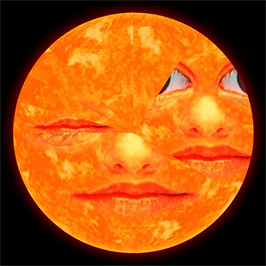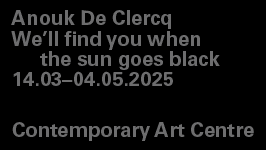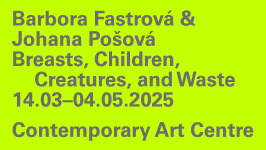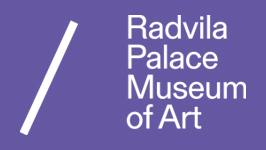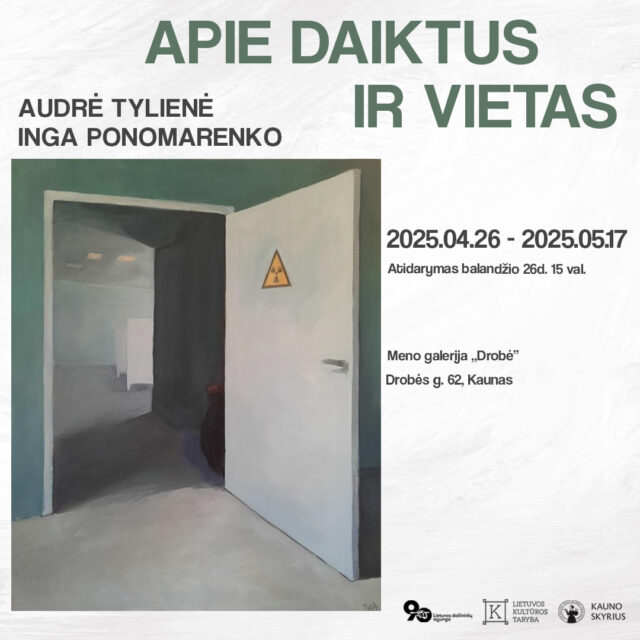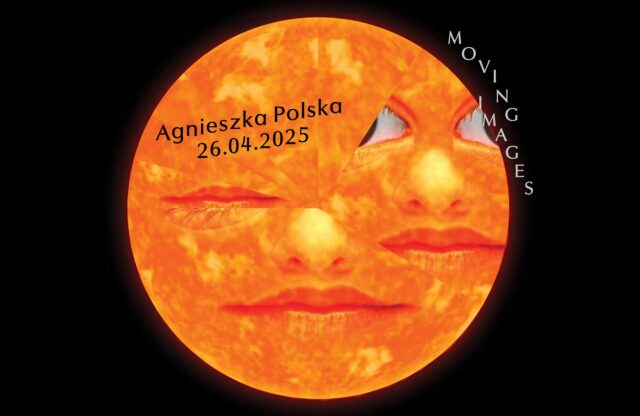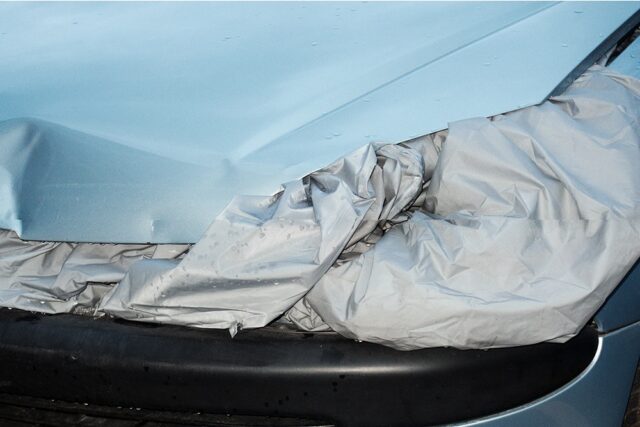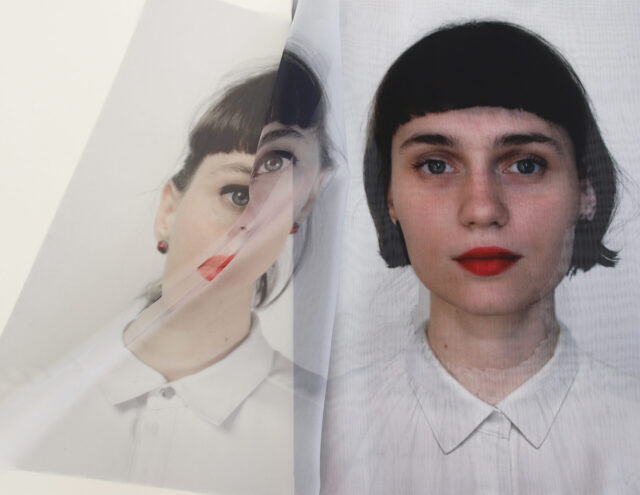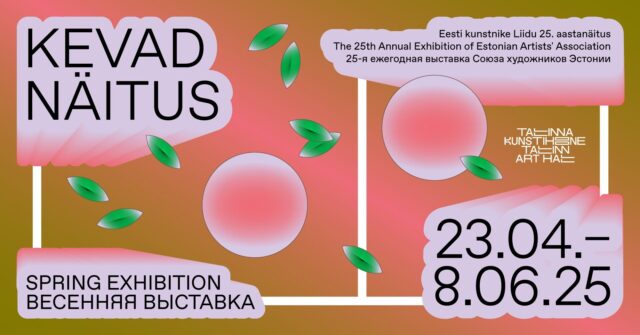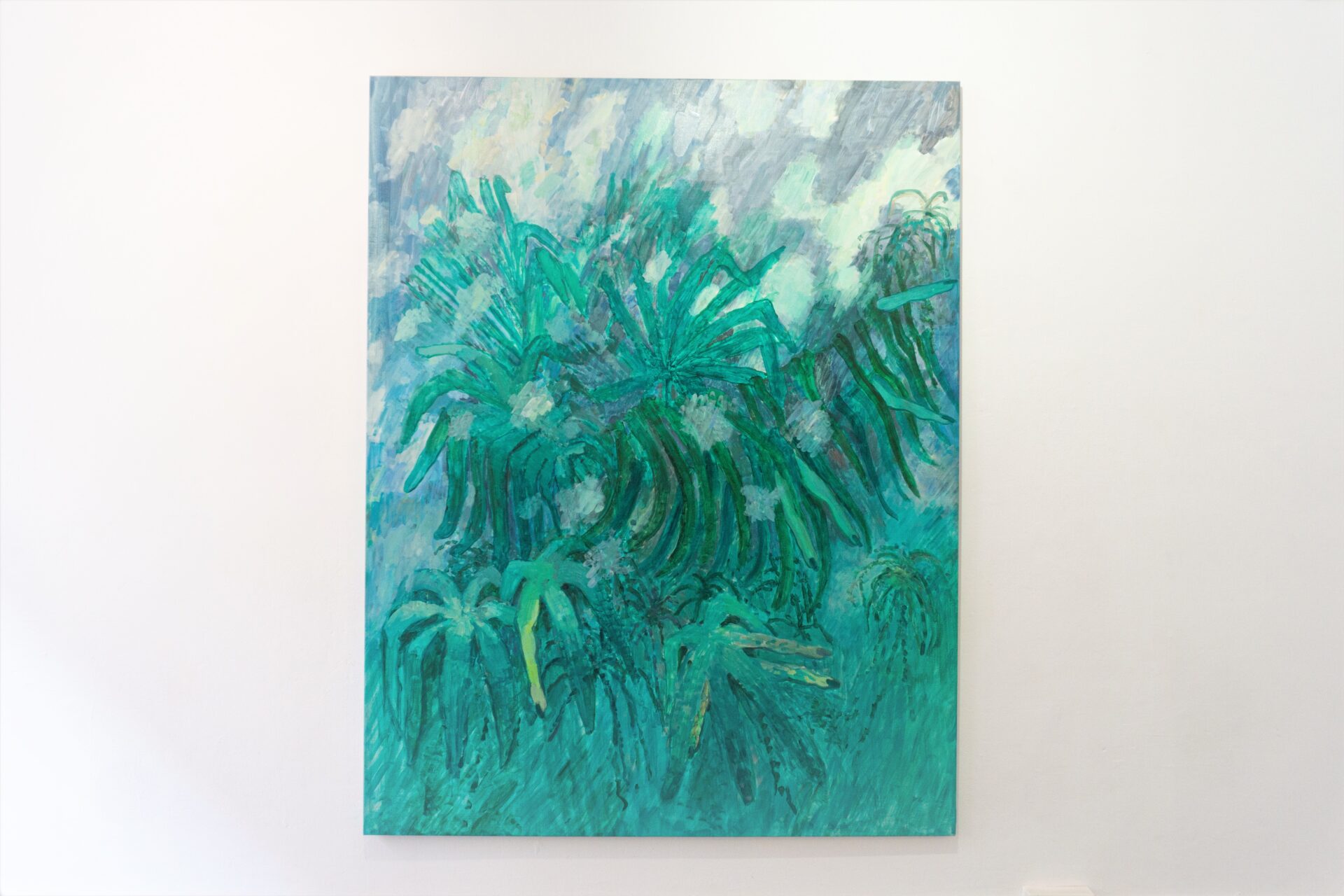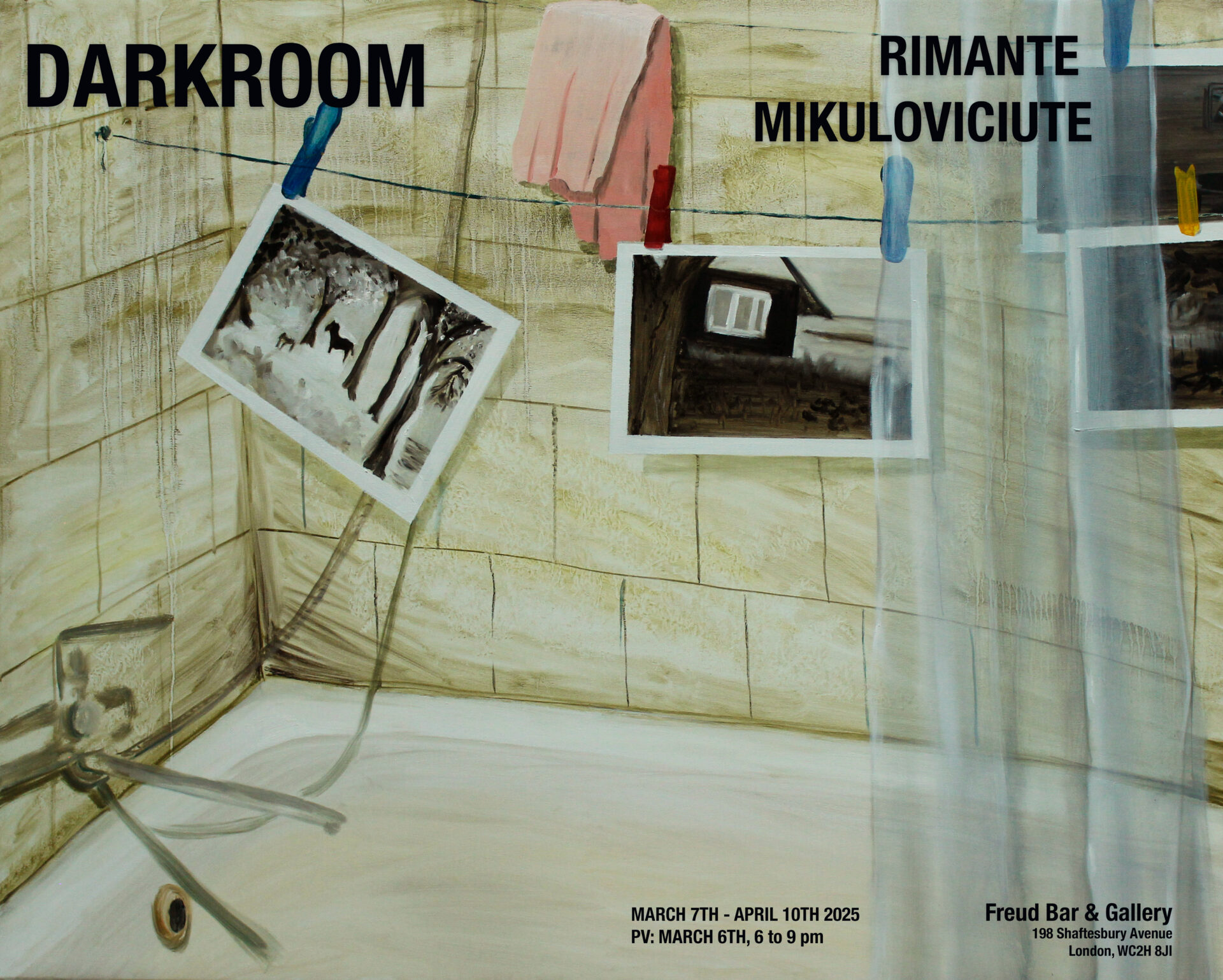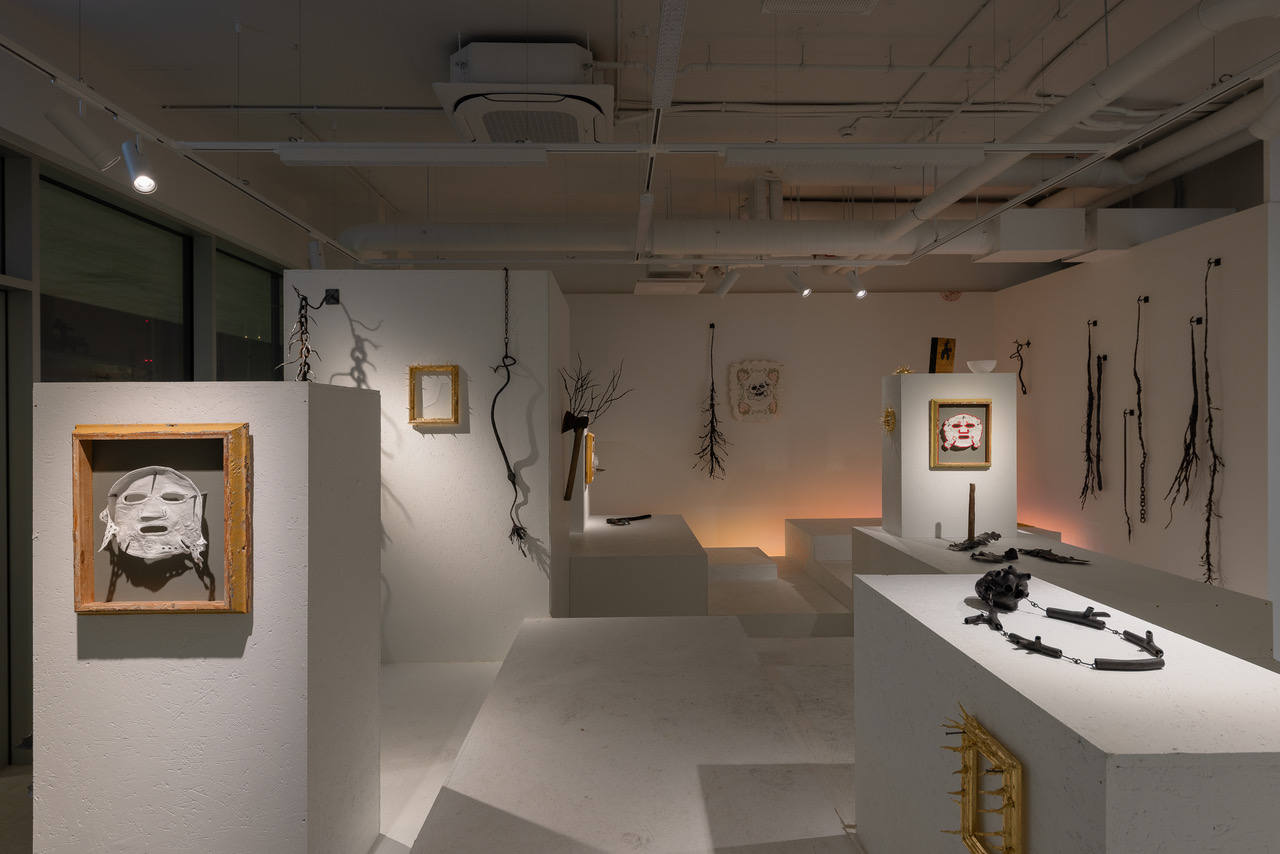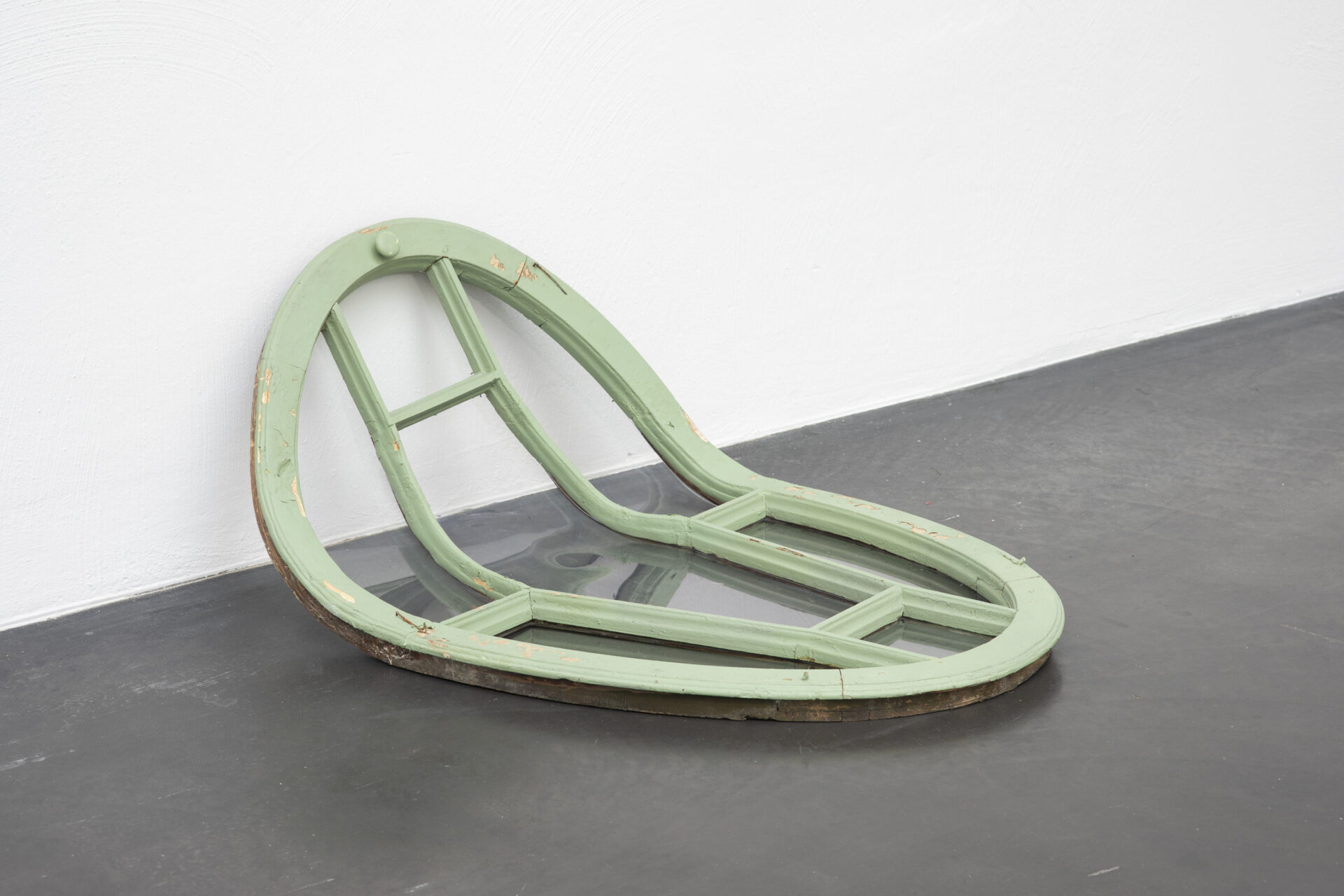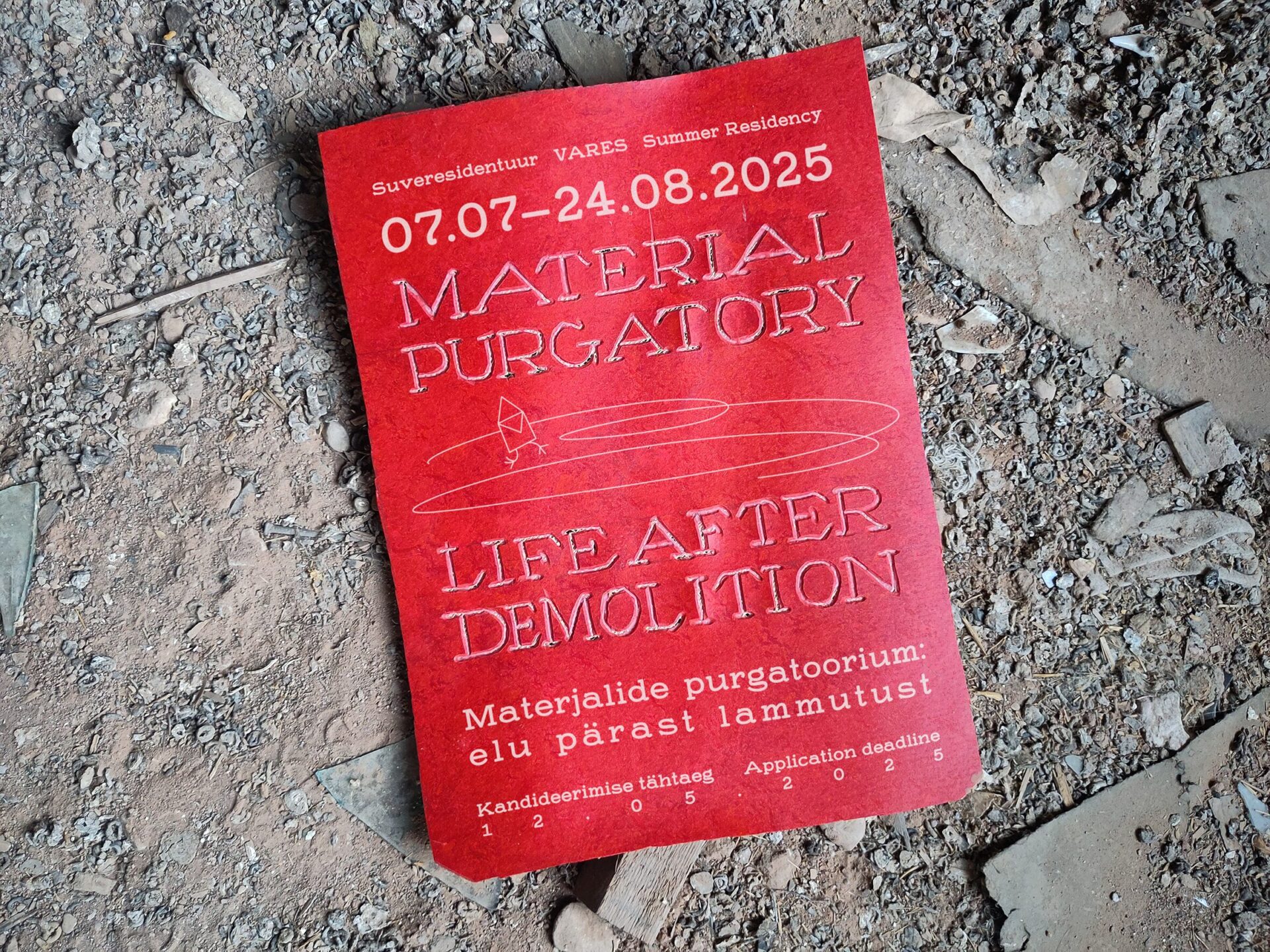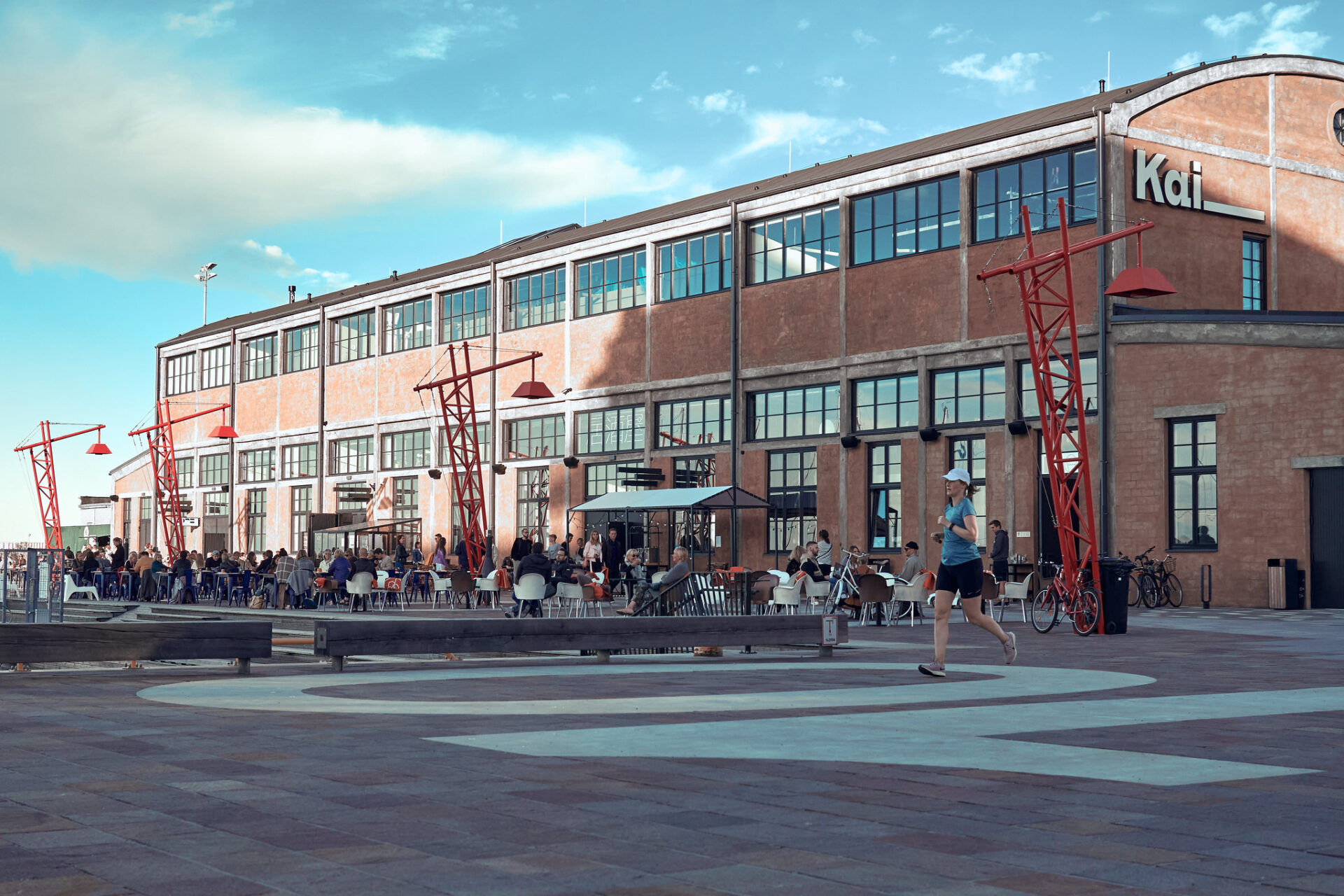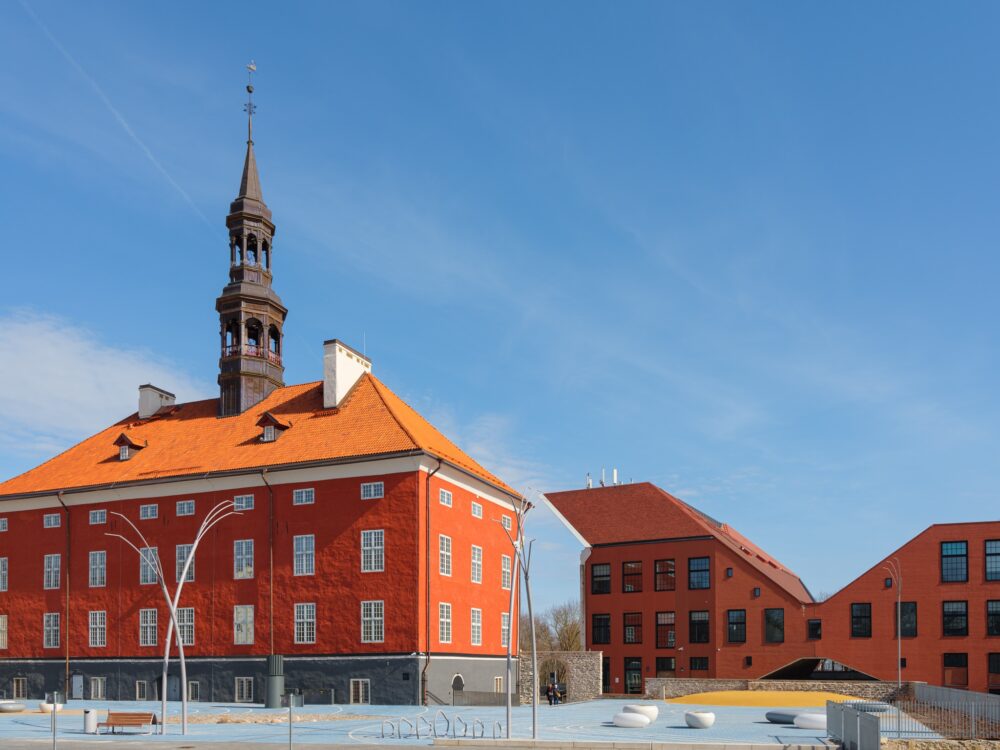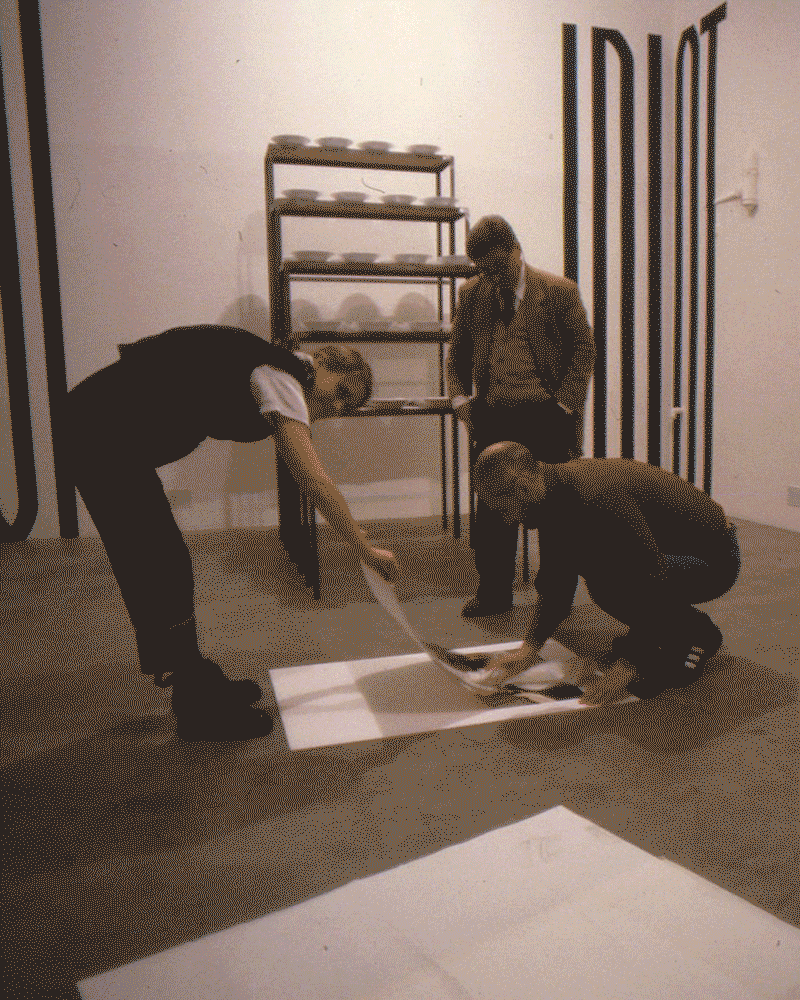Book review
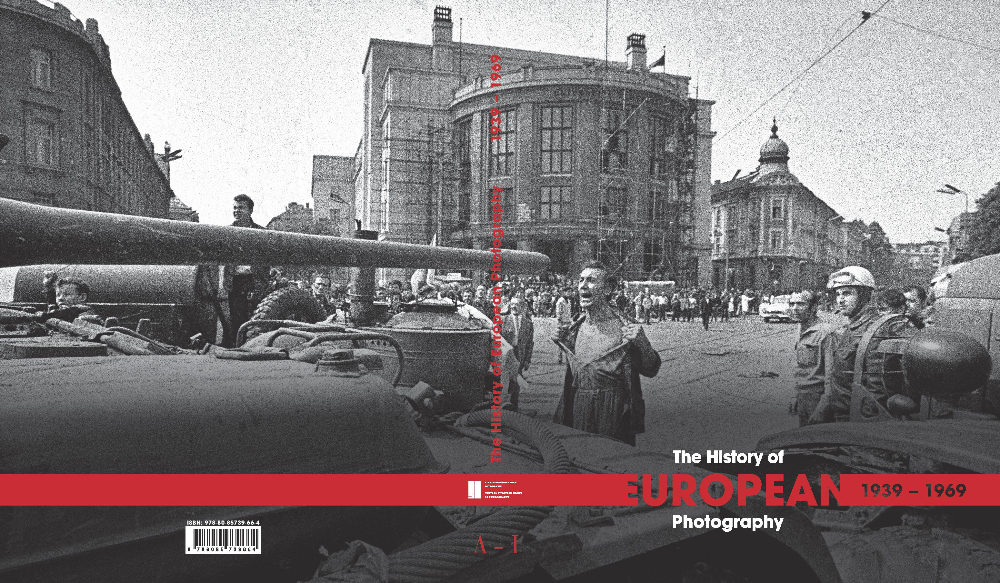
Recently published volume of “The History of European Photography 1939-1969” is the most recent accomplishment in the ongoing project of writing the history of photography in European countries. It is already the second volume on European photography history published in the framework of the above mentioned project, managed by The Central European House of Photography. The volume comprising two solid separate books offers insights by the authors each writing about photography history in their own country. The articles are presented in alphabetical order and supplemented by the biographical notes on the most important photographers of the period as well as reproductions of photographs and other illustrations. All this gives an impression of almost monumental work done with the scientific precision.
But is everything really as it looks? The answer of course would take a long-term study of the huge amount of material gathered in the books and require quite deep knowledge of history of photography in Europe. But some notices of more general nature, focused on the coverage of particular regions, can be already made. It is clear that the books in discussion and the above mentioned project itself follows recent tendencies of (re)writing the history of art in general. The research of creative tendencies, which used to be considered geographically or / and stylistically peripheral, has become of central importance in art studies. This shift in focus from the most important art centers of different periods (for example Russia, France, Germany in the first half of the 20th century or U.S.A. in the second half of the past century) to the other regions and modifications of major historical art trends there has been already obvious in academic area for some years. The series of volumes on the history of European photography gives this shift an additional value. It does not only share equal attention to its subjects (to the “periphery” as well as to the major European countries in photography history), but also decentralizes power relations by giving a voice to the “insiders” of each region and local history of photography. Thus the power relations in the writing of the (photography) history become decentralized.
Such editorial approach seems politically relevant, but at the same time it causes some more specific problems regarding the attempt to write a comprehensive history of photography. Today the history of photography is decentralized not only geographically, but as well conceptually. It is not based only on the changing styles of “art” photography, neither it is limited to the works created by professionals. The concept of photography as defined by photography’s purpose, use, and context is extremely manifold. It includes document, amateur, scientific, advertising and all other kinds of photographs. So every contributor to the “The History of European Photography” had to make many choices and those choices although competent are also inevitably subjective. This in turn results the different emphasis in the articles by particular authors. For example Margarita Matulytė, who has presented Lithuanian photography, focused mainly on the political context of the respective period and ideological aspect of photography. Meanwhile Peeter Linnap paid much attention to illustrated press and creative photography in Estonia. However the reader should be aware that these differences in subjects are not so much influenced by different development of photography in particular countries as by the different perspectives chosen by the authors of the texts.
Comparing the presentation of photography history in three Baltic countries brings to the light still another problematic aspect of the book caused by its very structure. The outlining of almost the same political context partly repeats itself in chapters about Latvia, Lithuania and Estonia. World War II, German and Soviet invasions, post-war Soviet occupation was the common historical reality of all three countries in respective period and of course it deserves detailed presentation, but not necessary repetition. The re-telling of the same events threatens to replace the history of photography with the presentation of the history through photography.
However the narration of the history of the European photography in texts exceeds its visual presentation. To take advantage of the book, the reader should already have some knowledge in history of photography and at least primary acquaintance with iconic works, which best represent not only particular authors but also the whole period and tendencies of photography in respective country. There are good exceptions of course. For example Lithuanian photography of the 60-ies is presented through some really famous images by Antanas Sutkus, Aleksandras Macijauskas or Vitas Luckus, which thanks to many publications and exhibitions have become the icons of Lithuanian culture recognizable not only locally but also globally. But generally the books do not give such an iconic background to the presentation of the history of photography in each European country and it becomes especially obvious when considering such major trends as for example French humanist photography.
Despite all the critique in regard to the imperfections inherited in the nature of the project itself or supposedly caused by objective limitations, the project in general and the second volume of “The History of European Photography” in particular is the invaluable source for photography researchers, photographers and perhaps large audience of photography lovers. First of all it gives a unique possibility for the European photographers and scholars from various countries to look at each other closely and to discover the relating similarities or differences which make their photography special. Secondly, in a global sense it represents the more nuanced and down-to-earth image of European photography, not overwhelmed by big names of long-established photographers and artistic centers of the period. All this gives us no less than a chance to (re)evaluate more objectively what was or still is considered unique in each country or region and to discover features which define the distinctiveness of particular photography school or trend in a new way. Above all, the project convinces once again, that there is no one history of photography, but the many histories of photography, related to each other by creative influences and common political and social milieu, which we call European.


